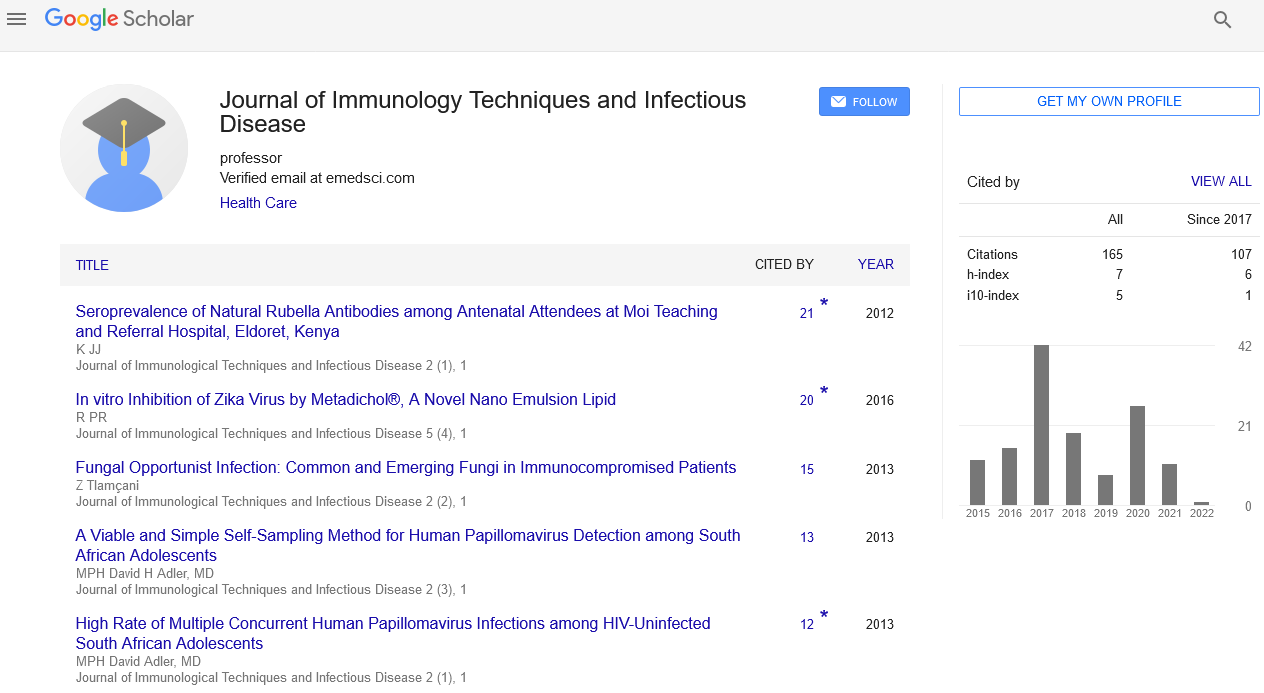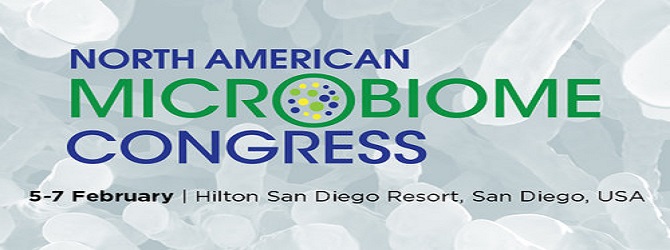Reduction in hospital onset Clostridium difficile infection following application of UV-C disinfection technology
Jonathan Schouest
St. Joseph Health System-Sonoma County, USA
: J Immunol Tech Infect Dis
Abstract
According to CDC estimates, up to 14,000 people die annually in the US due to complications from Clostridium difficile infection. In Acute Care Hospitals in California in particular, Clostridium difficile has seen an overall 9% increase in 8 years of national reporting. UV-C surface disinfection technology has shown promise in multiple practical settings and is indicated in various forms to destroy Clostridium difficile spores in a manner of minutes on hard surfaces, with some product claiming a >4.0 log reduction in 5 minutes. In light of this emerging reserach, UV-C disinfection technology was implemented in a 338 bed Level 2 Trauma Center, focusing on the disinfection of all patient rooms at discharge where the patient was placed in isolation practutions at any period during their hospitaliztion. Each room treatment required the placement of the mobile, 254 nm wavelength UV-C unit within line of sight of the treatment area, and multiple exposures per room were required to expose the majority of all hard, vertical surfaces. Over the study period of 8 months, the hospital onset incidence rate of Clostridium difficile (defined as those patients testing positive after hospital day 3), decreased from 20.422/10,000 patient days to 3.752/10,000 patient days, with a p-value of 0.001. No other significant process changes occurred during this period, minimizing the potential for bias. Future research should be conducted to assess the log reduction potential for UV-C technology for Clostridium difficile spores under addiitonal enviromental conditions which may inhibit the practical functioning of this technology.
 Spanish
Spanish  Chinese
Chinese  Russian
Russian  German
German  French
French  Japanese
Japanese  Portuguese
Portuguese  Hindi
Hindi 
